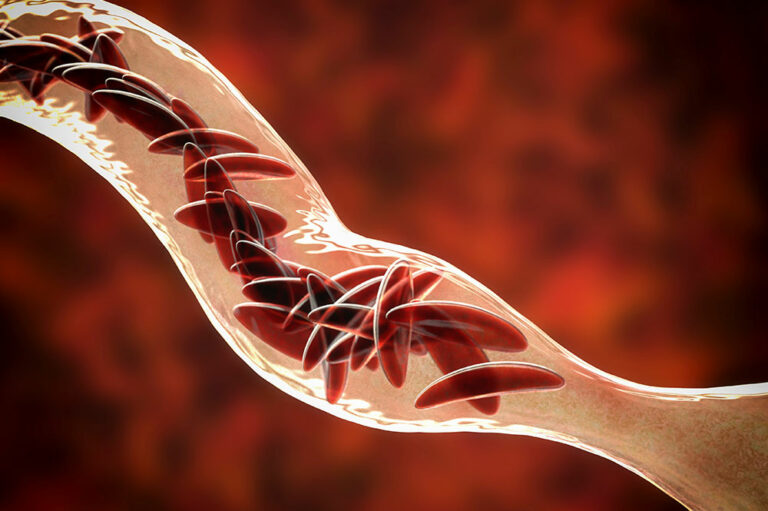
5 simple ways to take care of your joints
The body’s joints are junctions where the bones meet, which help carry out our day-to-day activities. Additionally, these joints, especially those of the hips, spine, and knee, support the weight of the whole body. As time passes, wear and tear of these joints result in pain. And that’s why taking care of these body regions is critical. Here are some of the ways that can be adopted to care for them. Ways to care for your joints Many reasons are responsible for joint pain, and these factors impact the body through illnesses such as osteoarthritis, which causes inflammation and pain. If osteoarthritis has affected the back, it may also lead to overwhelming pain and discomfort while sitting, standing, and walking. Joint pain and discomfort can be addressed through proper care, and here are some of these methods: Stretching One of the most common reasons for joint pain is stiffness in the body. As the stiffness increases, the pain may also increase, causing a lot of discomfort and pain. Activities such as cycling and swimming help in mobilizing different joints of the body and aid in keeping stiffness at bay. Strengthening the muscles The joints comprise bone and a non-stretching and tough band called ligament and muscles that can be strengthened by regular exercise.
Read More 











